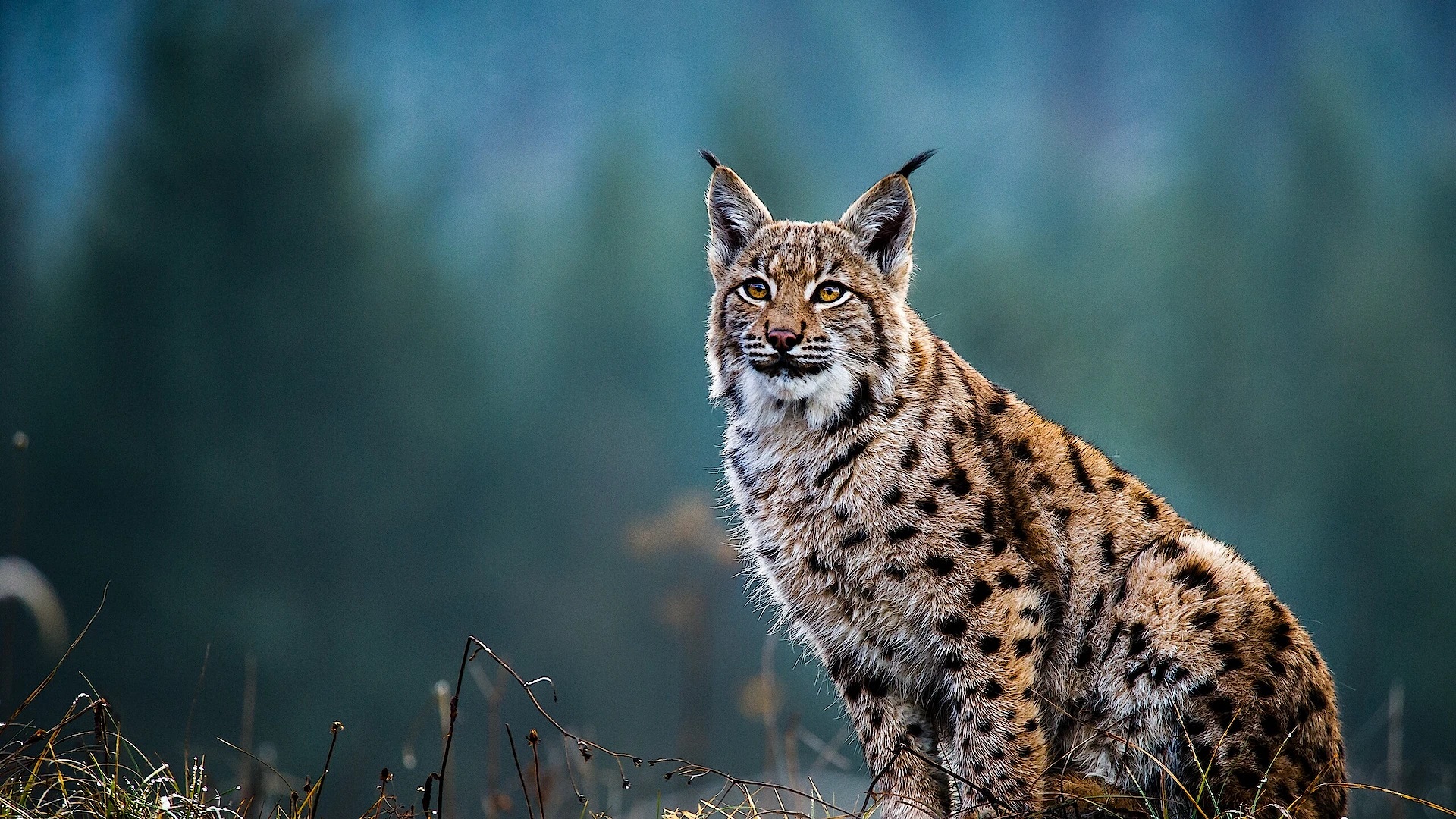
Wolves have only recently returned to Austria, with an estimated 80 wolves spread throughout the country. It is perhaps not surprising therefore, that animal welfare activists, took the government to court, when it set cull numbers at 20, or 25% of the population a year.
The Austrian government had pointed to a condition in the 1992 EU directive on protecting wildlife, which states that wolf hunting to prevent financial damage can only be done if the population is in a favourable conservation status – something certainly not true in Austria. This condition can only apply to a wolf population which is stable.
I would also suggest that plans to kill 25% of the population each year, should also damage this, but this is a discussion for another day – when the population is far larger than it currently is. Other countries like Holland have similar sized wolf populations, and so this ruling could be applied in a variety of places.
Regional governments have absurdly argued that the wolf is no longer endangered in Austria, and that therefore its protection should be reduced. had the government listened would a ruling similar to the USA have come forward? Such that open season could be declared?
It is a good thing that wolves are so good at holding on, as we have spent much of our time attacking.
It is funny to think, that it is estimated our relationship with wolves (in the form of domesticating them as dogs) likely goes back to a similar point to the advent of growing crops, and well before the time that we started to keep livestock.
Given our fondness of dogs has deeper roots than our fear of wolves, it seems odd, that wolf persecution ever really got underway. It is true that wolf populations do need handling, but their existence is more good than bad. Places like the UK where they are missing, show this (when looked at the situation rationally)

















